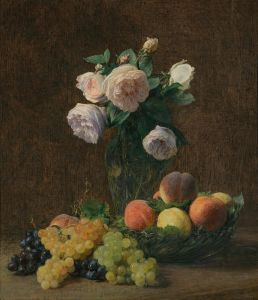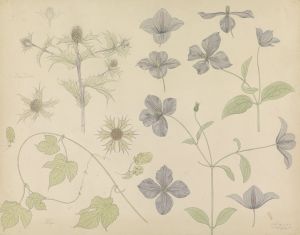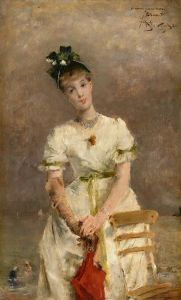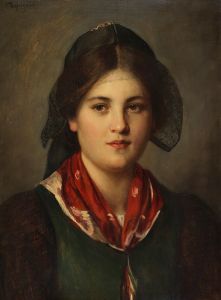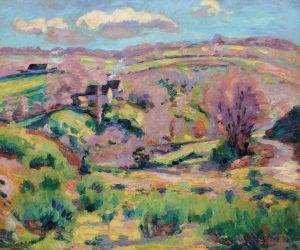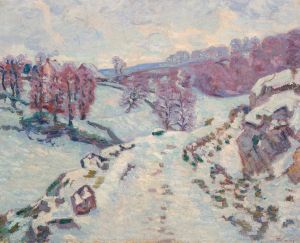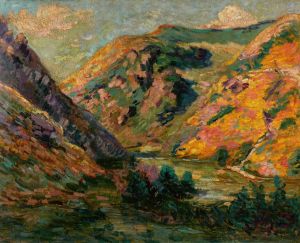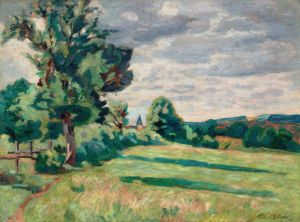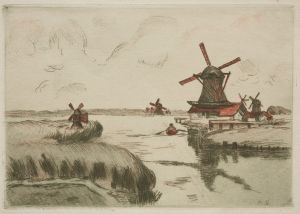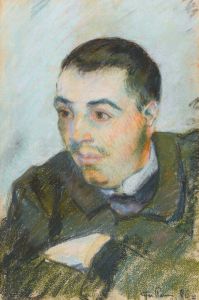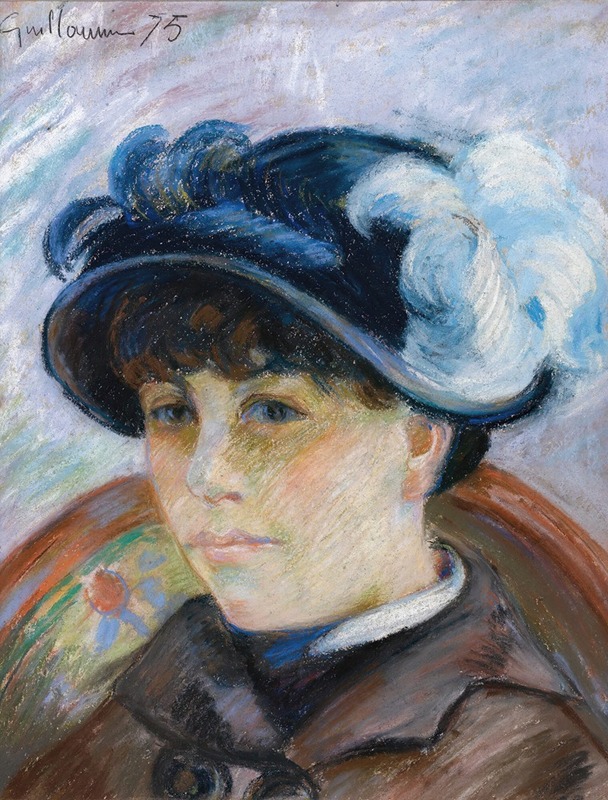
Portrait De Jeune Femme
A hand-painted replica of Armand Guillaumin’s masterpiece Portrait De Jeune Femme, meticulously crafted by professional artists to capture the true essence of the original. Each piece is created with museum-quality canvas and rare mineral pigments, carefully painted by experienced artists with delicate brushstrokes and rich, layered colors to perfectly recreate the texture of the original artwork. Unlike machine-printed reproductions, this hand-painted version brings the painting to life, infused with the artist’s emotions and skill in every stroke. Whether for personal collection or home decoration, it instantly elevates the artistic atmosphere of any space.
Armand Guillaumin was a notable French Impressionist painter, recognized for his vibrant use of color and his contributions to the development of the Impressionist movement. Born on February 16, 1841, in Paris, Guillaumin was a contemporary of other prominent Impressionists such as Claude Monet, Camille Pissarro, and Pierre-Auguste Renoir. He was known for his landscapes and cityscapes, capturing the essence of the French countryside and urban environments with a unique and vivid palette.
"Portrait De Jeune Femme" is one of Guillaumin's works that showcases his skill in portraiture, although he is primarily celebrated for his landscapes. This painting, like many of his works, reflects the Impressionist style, characterized by loose brushwork and an emphasis on capturing the effects of light and color. The subject of the painting, a young woman, is depicted with a sense of immediacy and intimacy, typical of the Impressionist approach to portraiture.
Guillaumin's technique often involved bold, expressive strokes and a keen attention to the interplay of light and shadow. In "Portrait De Jeune Femme," these elements are likely present, contributing to the overall mood and atmosphere of the piece. The use of color in the painting would have been significant, as Guillaumin was known for his ability to convey emotion and depth through his choice of hues.
Throughout his career, Guillaumin participated in several of the Impressionist exhibitions, which were pivotal in gaining recognition for the movement. His work was well-regarded for its intensity and the way it captured the natural beauty of the French landscape. Although not as commercially successful as some of his contemporaries during his lifetime, Guillaumin's contributions to Impressionism have been increasingly appreciated over time.
Guillaumin's friendship with other artists, such as Vincent van Gogh and Paul Cézanne, also played a role in his artistic development. These relationships influenced his style and helped him to refine his approach to painting. Despite facing financial difficulties for much of his life, Guillaumin remained dedicated to his art, continuing to paint and exhibit his work until his death on June 26, 1927.
"Portrait De Jeune Femme" is a testament to Guillaumin's versatility as an artist. While his landscapes are more widely recognized, his portraits offer insight into his ability to capture the human form with sensitivity and nuance. The painting serves as an example of how Guillaumin applied the principles of Impressionism to a variety of subjects, demonstrating his adaptability and skill as a painter.
Overall, Armand Guillaumin's work, including "Portrait De Jeune Femme," contributes to the rich tapestry of Impressionist art, highlighting the movement's focus on light, color, and the fleeting moments of everyday life. His paintings continue to be studied and admired for their vibrant energy and the unique perspective they offer on the world around us.






